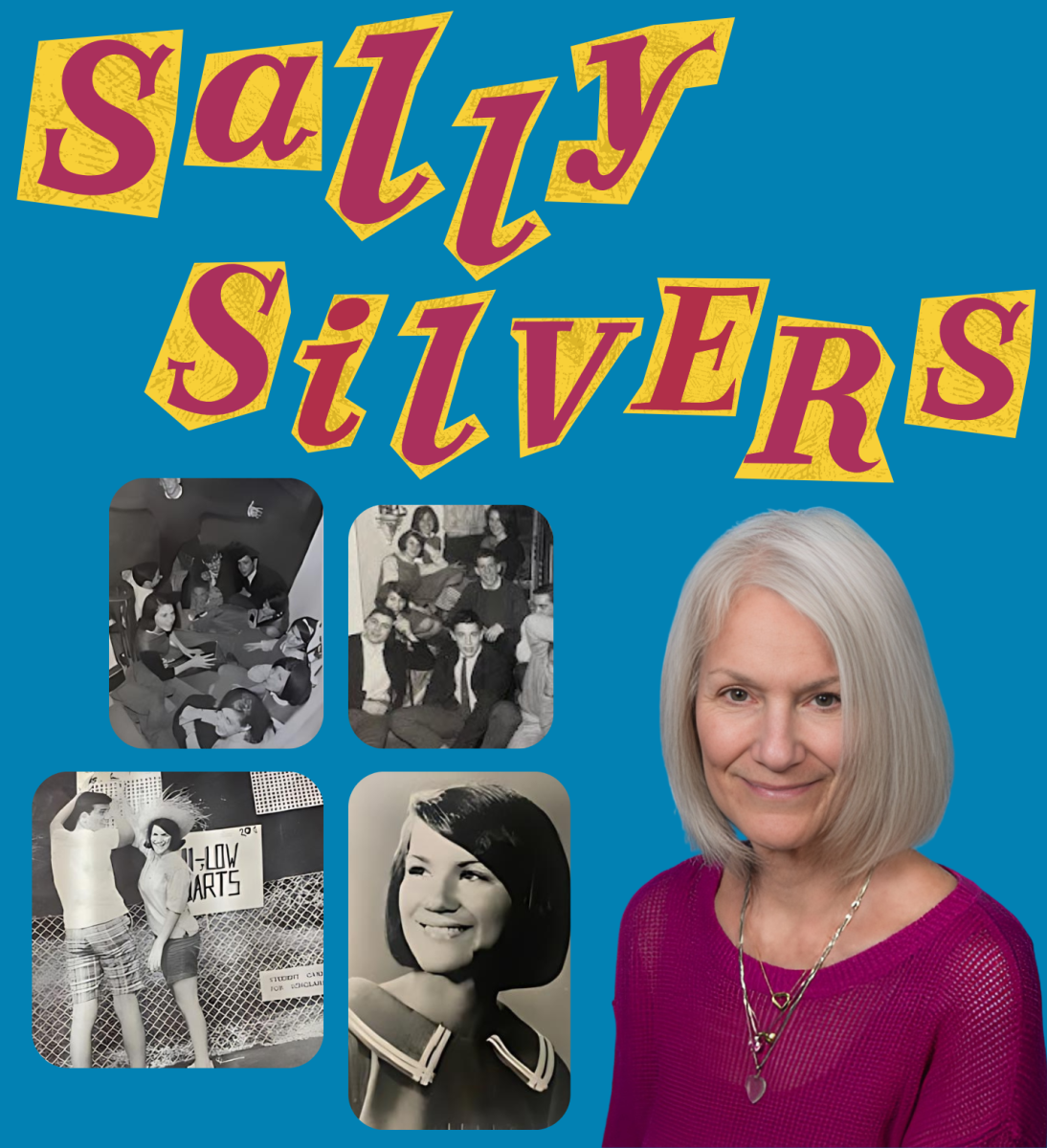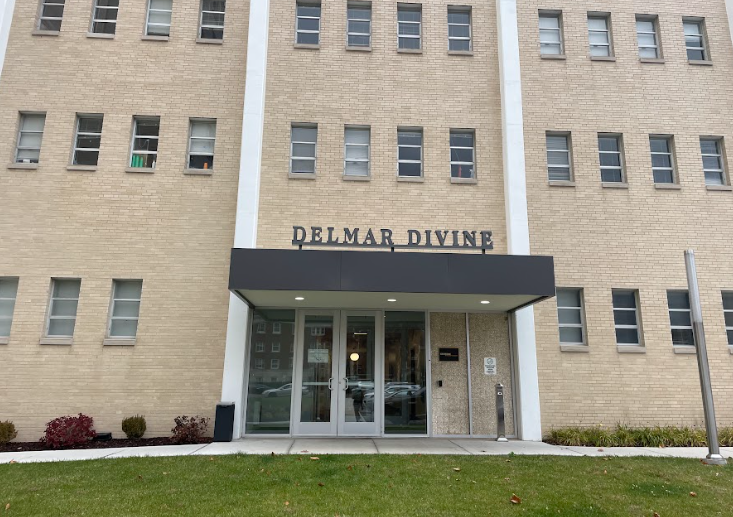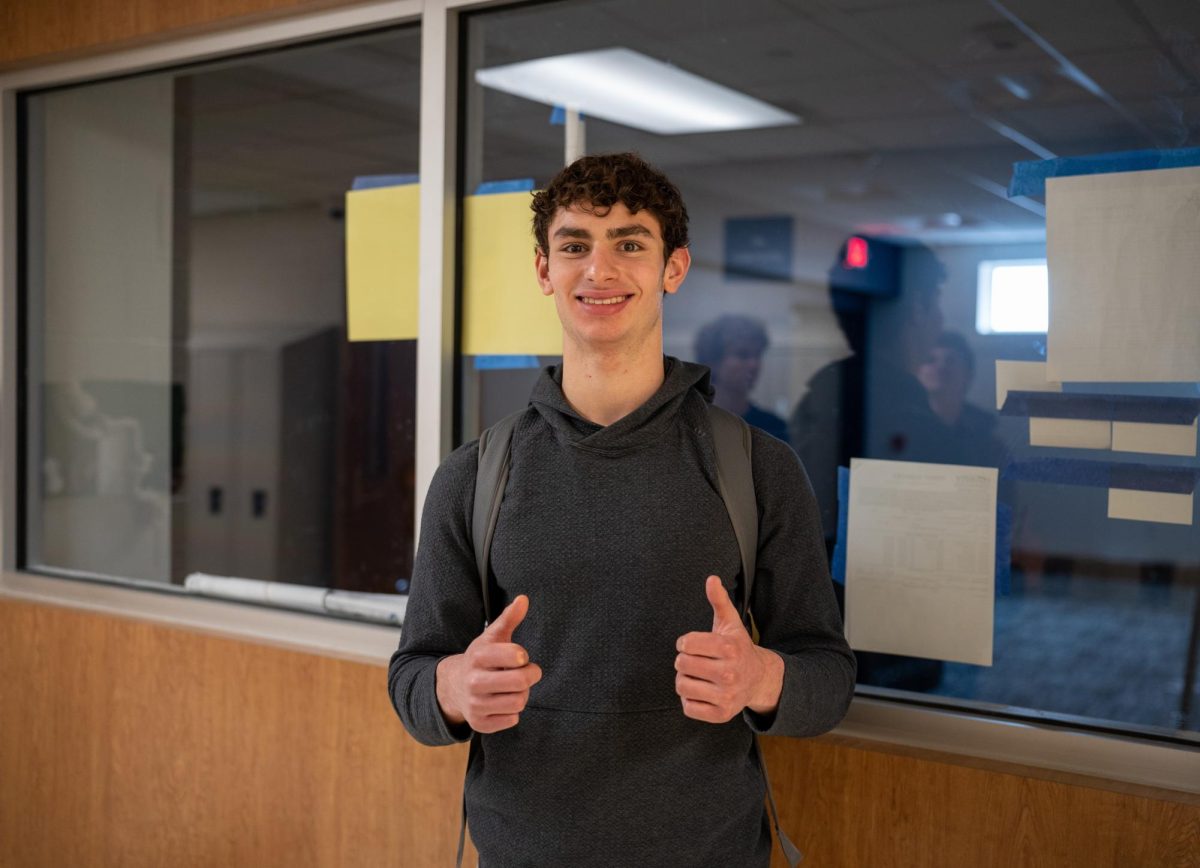“It can hardly be argued that either students or teachers shed their constitutional right to freedom of speech or expression at the schoolhouse gate.”
The Supreme Court made this declarative statement over 40 years ago during the infamous Tinker v. Des Moines Independent Community School District case that asserted students’ First Amendment rights. However, recent censorship within public schools just miles away from CHS brings the current relevancy of the statement into question.
At Timberland High School, an entity of the Wentzville School District, students have faced multiple instances of direct and indirect censorship from school administrators. After trying to publish an article and photo spread in their newspaper about memorial tattoos, student members of the Wolf’s Howl, an award-winning student publication, began to face problems with the administration.
Like many schools, Timberland has a policy of prior review, where the administration can review the newspaper before publication and interfere if a legitimate problem presents itself in the newspaper.
Editor-in-Chief Nikki McGee was frustrated with the abrupt and cryptic nature of the censorship.
“A couple hours before it was supposed to go to print, our principal pulled it, refused to give us an educational reason even after asking him, and a couple weeks later we finally got an educational reason,†McGee said. “The reason was because it fell under the category of ‘tobacco, drugs, etc.’â€
Despite the principal’s clear stance against this article, the reasons for the opposition are still unclear to the newspaper staff.
“So we’ve asked for, like, lists of exactly what sorts of things we can’t write about,†McGee said. “Apparently, there’s no list, according to the principal and superintendant.â€
The staff faced similar problems when, while printing a spread about cancer, a thumbnail-sized photograph of a student’s tattoo was included.
“We had a center spread about cancer, and we had a girl who was a cancer survivor and also lost her best friend to cancer,†McGee said. “So, she has a ribbon tattooed on her ankle and because we showed that in the center spread… we were forced to collect all the papers after we’d just distributed them and our distribution was stopped for about four days.â€
Although not pleased with having to take away already-distributed newspapers, McGee was happy with the support that she received from staff and fellow students.
“It was really great, actually,†McGee said. “It was funny, when we were collecting them, there were some teachers that said, ‘Hey, I’m holding onto my paper, you can’t take it away from me.’ I think two teachers actually said that and kept them [the newspapers] in their classrooms. It was good to have that support.â€
Eventually, the Wolf’s Howl was redistributed to students, but not as an insert in a local newspaper as it typically is. Because this issue was intended to be released the week before the last week of Christmas shopping, the Wolf’s Howl had to repay businesses that had bought ads with their own funds.
“They ended up letting us put it back out but he [the principal] said absolutely no more tattoos. Which you can’t say, because you can’t censor something already created, according to the SPLC [Student Press Law Center].â€
In addition to the Wolf’s Howl, the Timberland yearbook is also battling prior review, as the editor of the yearbook is now the principal’s secretary.
Timberland journalism teacher and Wolf’s Howl adviser, Cathy McCandless, is equally frustrated by the recent string of events. In fact, she has resigned from her duties teaching yearbook, newspaper, and journalism.
“Prior review and censorship only teach students to self-censor,†McCandless said. “Once they start self-censoring, it’s all downhill from there.â€
McGee agrees, and has observed that students are much more hesitant to push boundaries with their work and discuss controversial topics in the Wolf’s Howl.
“We censor ourselves, really, at brainstorming sessions,†McGee said. “You see, it’s really discouraging if we put our time and effort into one thing, and then it just has to be pulled at the end.â€
McCandless, however, still admires the determination of her students, as they must juggle continuing to publish their newspaper while also attending School Board meetings to battle the censorship facing their newspaper.
The SPLC is a non-profit organization that advocates for student free press rights, while also providing free information, advice, and legal assistance to journalism students and educators. In addition to these services, they collect data about the inquiries given to them.
In the year 2008, the SPLC received 397 calls reporting censorship from public high schools. In total, the SPLC received 2,139 calls from students and educators that year seeking assistance.
Mike Hiestand, attorney and legal consultant to the SPLC, estimates that about 20% of inquiries and reports from students are regarding censorship.
Hiestand has also observed that the number of reports that the SPCL has increased dramatically since the Hazelwood School District v. Kuhlmeier Supreme Court case determined that school officials could censor non-forum student newspapers as long as there is justification supporting the administration’s claim that there is an educational purpose. The vagueness of this precedent has seemingly resulted in increased attempts at student censorship.
“That’s one thing we can definitely say,†Hiestand said. “The numbers that we track, just the number of legal calls over the years [have increased]. In 1988, which was the year that Hazelwood was handed down, we got 588 phone calls.â€
The topics typically censored are those that can seem informative and essential on the surface but present a threat to reputation-conscious school administrators.
“A lot of people generally think that the reason that student newspapers generally get censored is, you know, because they’re writing about sex, drugs, and rock and roll,†Hiestand said. “That kind of stuff. But, actually, those categories of censored stories are pretty far down the list. The number one reason that students contact us to let us know they’ve been censored is simply because they’ve written something, a story that school officials in some way think reflects poorly on the school. If you run a story that writes about diminished scores or you’re critical of the new student dress code, something like that, those are more likely than not the stories that are going to be censored.â€
The ways in which schools respond to controversial articles vary from outright censorship to more subtle methods. Hiestand related the degree of experience a school has with these incidents to the subtleness of their responses.
“Some schools, I think, just don’t know any better,†Hiestand said. “Maybe they’ve just never confronted a situation like this. I mean, they oftentimes, you know, take the boldest step and take the newspapers off the news rack or, you know, just walk into the classroom and just say ‘You can’t print that.’â€
Hiestand has observed, however, that schools with more experience in controversial stories are able to enact a strategic response. By firing journalism teachers or removing journalism programs altogether, it becomes possible to prevent controversial stories from being published out of student fear of censorship.
“We’ve also seen an increase in the number of journalism programs shut down just by [the administration] claiming the budget is tight,†Hiestand said. “You know, very often those cutbacks happen shortly after a controversial story has been published or some sort of censorship action has taken place. It’s kind of a convenient excuse, but that seems to be happening with increasing frequency.â€
After the administration at Boonville High School found fault with several aspects of this school year’s Oct. 2 issue of its student publication, The Pirate Press, adviser Stephanie Carey has faced repercussions similar to those described by Hiestand.
“Since the October issue, the staff and myself have been instructed that each issue of the paper must be completely error free before submitting it to administration for review,†Carey said. “The administration does not only read for content, they edit based on their knowledge of grammar and journalistic style. We were informed on Feb. 15 that no more issues of the paper would be printed this year. The administration said the newspaper had used all budgeted funds for the year. Since then, the staff expressed again to the Board of Education their desire to be able to generate revenue to insure this does not happen in the future. The administration said it will pay for two more issues to be printed in black and white instead of with four pages of color and they will pay for the senior tab as well.â€
Since the incident, Carey has felt very conflicted about her role as a journalism teacher at a school that censors its students so significantly.
“This has been an extremely trying time for me personally,†Carey said. “I have strong roots in both journalism and education from my parents. I feel that it is very important for students to be able to explore issue relevant to them and their audience. I do understand the rights of the administration in regards to Hazelwood and their concern for student welfare. So yes, there is conflict.â€
With censorship playing such a ubiquitous role at many schools, Hiestand finds that student journalists at these schools become accustomed to frequent censorship and don’t know to work for the right to publish their work.
“Oftentimes, when we find out about the student censorship, months later, because perhaps the advisor or the students don’t know about the Student Press Law Center or don’t know that there are resources they can turn to,†Hiestand said. “Or they don’t even know that censorship is wrong or unlawful. I mean, in some places, it’s been the norm for so long there just aren’t any questions anymore. It’s just, you know, there’s the principal doing his thing again. That’s a problem.â€
The Clayton School District has a policy under which prior review is restricted, which is, in part, due to the actions of Superintendent Don Senti.
“I’m very proud of that fact, in fact I was part of the group that worked with the Board and some students that actually got the no prior review policy through the Board of Education,†Senti said. “And it’s one of the very few in the country. I’m very much in favor of our current policy.â€
The policy came about after a former CHS principal, who was only employed for a semester, tried to prevent the yearbook from printing a photo of a student with brightly dyed, spiky hair. The photo was, after much controversy, published.
“That sort of got people worried about a principal maybe censoring the yearbook or the newspaper,†said Senti.
Senti views an absence of prior review in student publications as an essential element in enforcing the continuation of First Amendment rights.
“I think that is a fundamental right of all of us in the United States and I think that it applies just as well to the Globe,†Senti said.
The policy places responsibility in the hands of the staff, thus creating a publication open to more controversial stories, even those that criticize the administration.
“We just believe that our newspaper should be open and free and we’ve had a group of students that have been very, very responsible in doing their homework before they write their articles,†Senti said.
Consistent violations of First Amendment rights in public schools nationwide is disconcerting to McCandless, who views pattern as somewhat hypocritical.
“Some people want to hold on to the ‘good old days,’ but yet they want to watch trash TV and everything that goes along with it,†McCandless said. “At the same time they want to watch MTV, the same people are probably censoring newspapers.â€
Overall, McCandless understands the intentions of the school district, but questions whether too many freedoms are being sacrificed.
“I don’t know why they’re doing it,†McCandless said. “I guess just to protect Wentzville, and I understand that, I get that. But, at the same time, what’s the cost?â€







emily • Aug 24, 2010 at 6:35 pm
i love Coach Mac and everyone who fought back. My mom and Adam’s mom (my best friend who passed away April 2009 of brain cancer) sat in at the board meeting and Adam’s mom was offended when people called my tattoo inappropriate or said it fell under the category of “drugs, sex, violence etc”.. She and I got our tattoos together. She has the same awareness ribbon in the same spot, and the fact that we are discriminated against because we have a tattoo is wrong on so many levels. Not only would Adam be disappointed, but so would many other cancer patients/survivors.